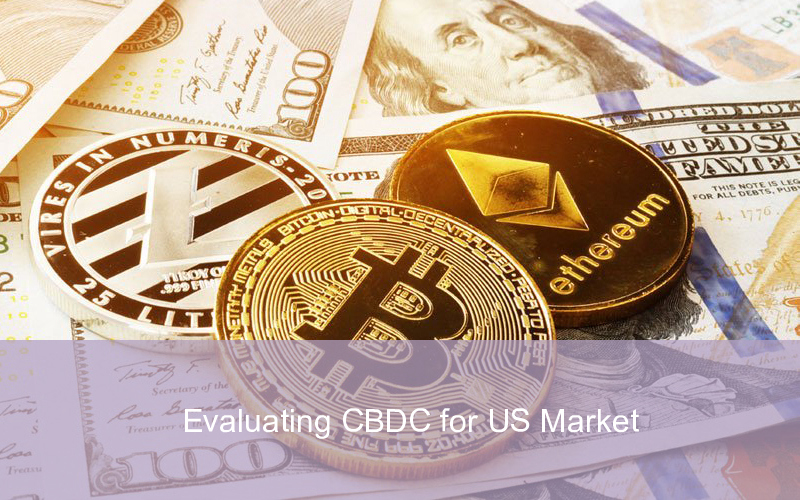At the core of the debate about central bank digital currency (CBDC) is the question of how much power it would give governments to track, monitor and tax its citizens. The U.S. Federal Reserve Board Governor Michelle Bowman observed in her April 18 address to Georgetown University that a CBDC would have to beat the performance of the new FedNow system to earn a place on the market. The 4.5% of Americans who do not have bank accounts are unlikely to want to use a CBDC.
Bowman also expressed doubt about a CBDC’s ability to improve the payment system or enhance financial inclusion in the United States. She acknowledged the potential for a CBDC to create a stark contrast to the current structure by giving governments a higher level of control - something that could threaten the Federal Reserve's independence. Furthermore, cross-border payments would require a regulatory framework to be created and user privacy could be at risk from CBDCs.
When it came to reinforcing the U.S. dollar’s place in the international economy, Bowman followed the argument of her colleague Christopher Waller that factors like the size of the U.S. economy, the strength of its institutions and other factors a CBDC would not affect, would be more likely to have the greater impact.
The key takeaway from Bowman’s talk was that, while there may be promise for a wholesale CBDC for some large transactions and international payments processing, it would be difficult to imagine a retail CBDC working in the United States. In particular, China’s Digital Yuan has lead to fears that it could be used as a cyber weapon and that it has the potential to outdo the dollar's preeminent role in the international economy and global payments system. With these issues to the fore, the potential risk of a CBDC would have to be pushed against any potential benefit of an improved payment system if it is to gain approval in the United States.
 Lincoln James
Lincoln James
- 2023-04-18
Examining the Risks and Benefits of Central Bank Digital Currency
This article examines the potential risks and benefits of Central Bank Digital Currency (CBDC) with a specific look at the U.S. Federal Reserve Board Governor Michelle Bowman's April 18 address to Georgetown University.

